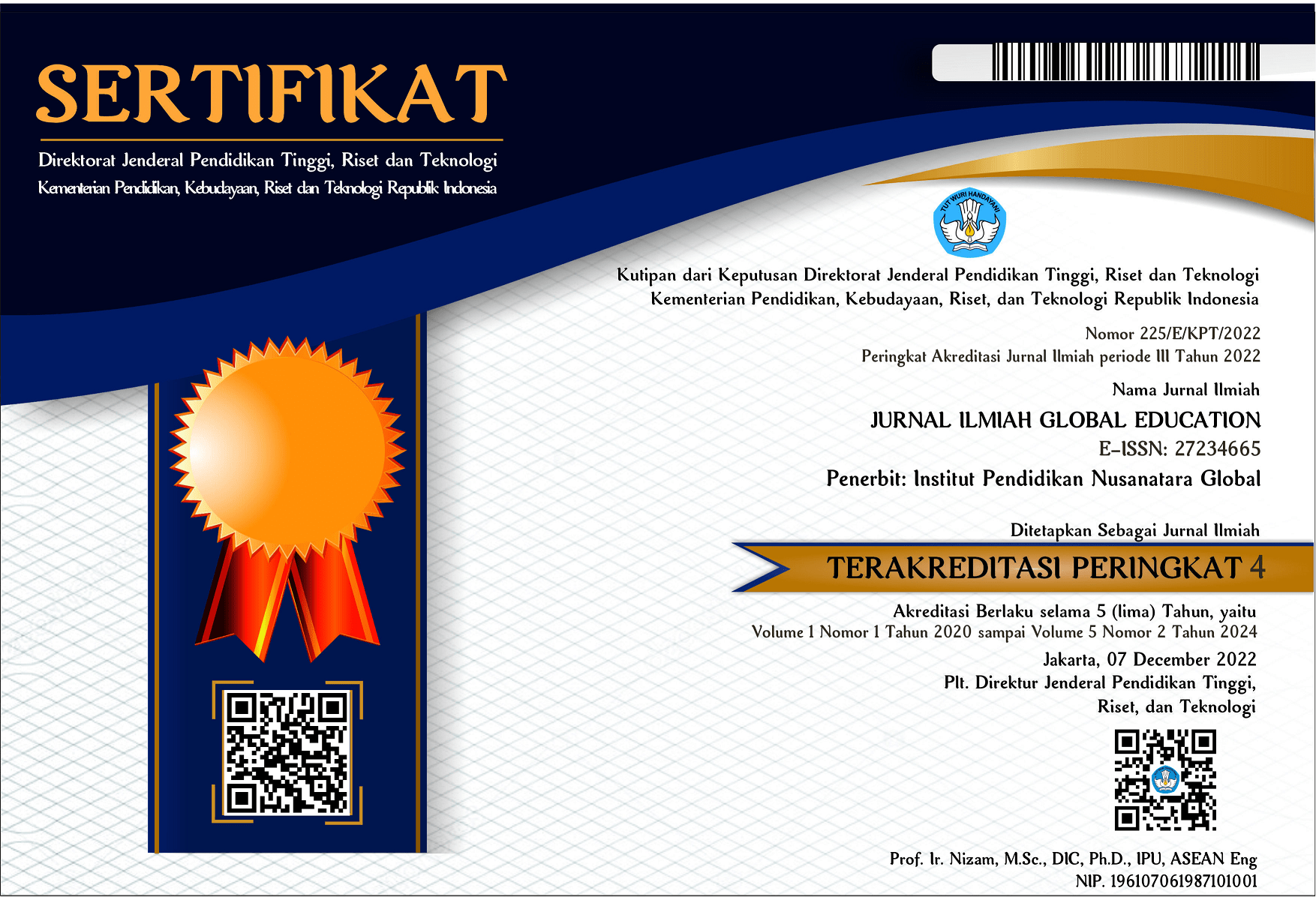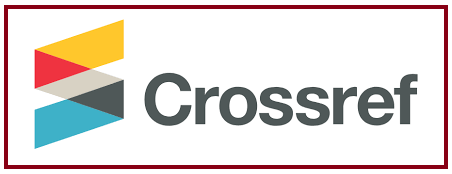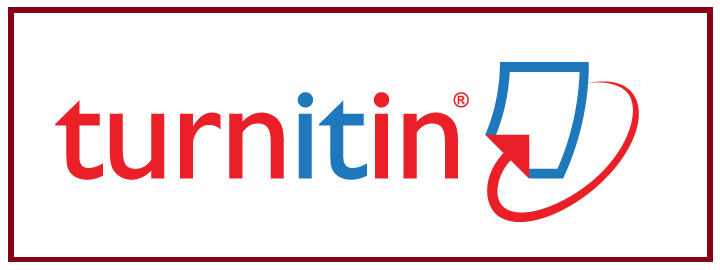THE EFFECT OF PROVIDING REPRODUCTIVE HEALTH VIDEO MEDIA ON ADOLESCENT BEHAVIOR AT SD INPRES BAKUNG 1 MAKASSAR CITY IN 2022
DOI:
https://doi.org/10.55681/jige.v4i4.1332Keywords:
Video Media, Reproductive Health, Adolescent BehaviorAbstract
This study aims to determine the effect of providing reproductive health video media on adolescent behavior at SD Inpres Bakung 1 Makassar City. This type of research is quantitative analytic research using a quasi-experimental approach. The research design is two groups pretest-posttest. The population in this study were all students at SD Inpres Bakung 1 Makassar City, and a sample of 74 people was divided into two groups, namely 37 people in the intervention group and 37 people in the control group. The sampling technique used inclusion and exclusion criteria. The data collection technique was through direct interviews using a questionnaire. This research was conducted from March to April 2022. Data analysis used the Mann-Whithney statistical test. The results showed that there was a significant effect of video media on student knowledge with a p-value of 0.011, there was no significant effect of video media on student attitudes with a p-value of 0.102, and there was no significant effect of video media on student behavior with a p-value of 0.180. The results showed that there was a significant effect of 2x video media on students' knowledge with a p-value of 0.000, there was a significant effect of 2x video media on students' attitudes with a p-value of 0.000, there was a significant effect of video media on student behavior with a p-value of 0.005. It was concluded that students must maintain and improve their behavior regarding reproductive health. It is hoped that future research will use different media to measure adolescent behaviour regarding reproductive health.
Downloads
References
Astrid Novita, Journal of Health Overview Knowledge attitudes and practices of street children regarding reproductive health of adolescents at halfway houses in Depok city in 2004
Azwar, S. (2013). Human Attitudes: Theory and Measurement (2nd Edition).
Chaterin, Yulfrantien, & Hatusupy. (2017). The effect of information through leaflets on students' knowledge and attitudes about adolescent reproductive health at SMK Negeri 8 and SMK Pgri Ambon City.
Faradina It's New Daughter FL, Yudianti I, M. H. (2019). The Effectiveness of Using Video Media and Snakes and Ladders on the Level of Reproductive Health Knowledge of Class Xi Students. Journal of Health Education. Journal of Health Education, 8, 23–35. file:///C:/Users/AVITA/Downloads/690-25-2019-2-10- 20200212.pdf
Harini R, R. N. (2021). Video Learning Multimedia Influences Adolescents' Knowledge About Menarche.
Hidayangsih, P. S. (2014). Risky behaviour and reproductive health problems in adolescents. https://opac.perpusnas.go.id/DetailOpac.aspx?id=660758
Husodo, B. T., Handayani, N., Velia, U., Purnamawati, A., Society, F. K., Diponegoro, U., Health, F., & University, M. (2021). Interpretation of Reproductive Health Messages in the Film Two Blue Stripes for Youth of SMP X Semarang City. Journal of Community Health, 9, 245–250.
Pahlevi. (2020). Level of Knowledge, Attitudes, and Behavior of Adolescents about Reproductive Health at SMK Negeri 8 Medan.
Rers, V. (2021). Knowledge and Attitudes of Adolescents About Reproductive Health Through Print Media (Leaflet) and Electronic Media (Video) at SMAN 1 Bagan Sinembah. Journal of Regional & Urban Development, 1(3), 82–91.
Usman, I., Puluhulawa, M., & Smith, M. Bin. (2017). Symbolic Modeling
Downloads
Published
How to Cite
Issue
Section
License
Copyright (c) 2023 JURNAL ILMIAH GLOBAL EDUCATION

This work is licensed under a Creative Commons Attribution-ShareAlike 4.0 International License.













